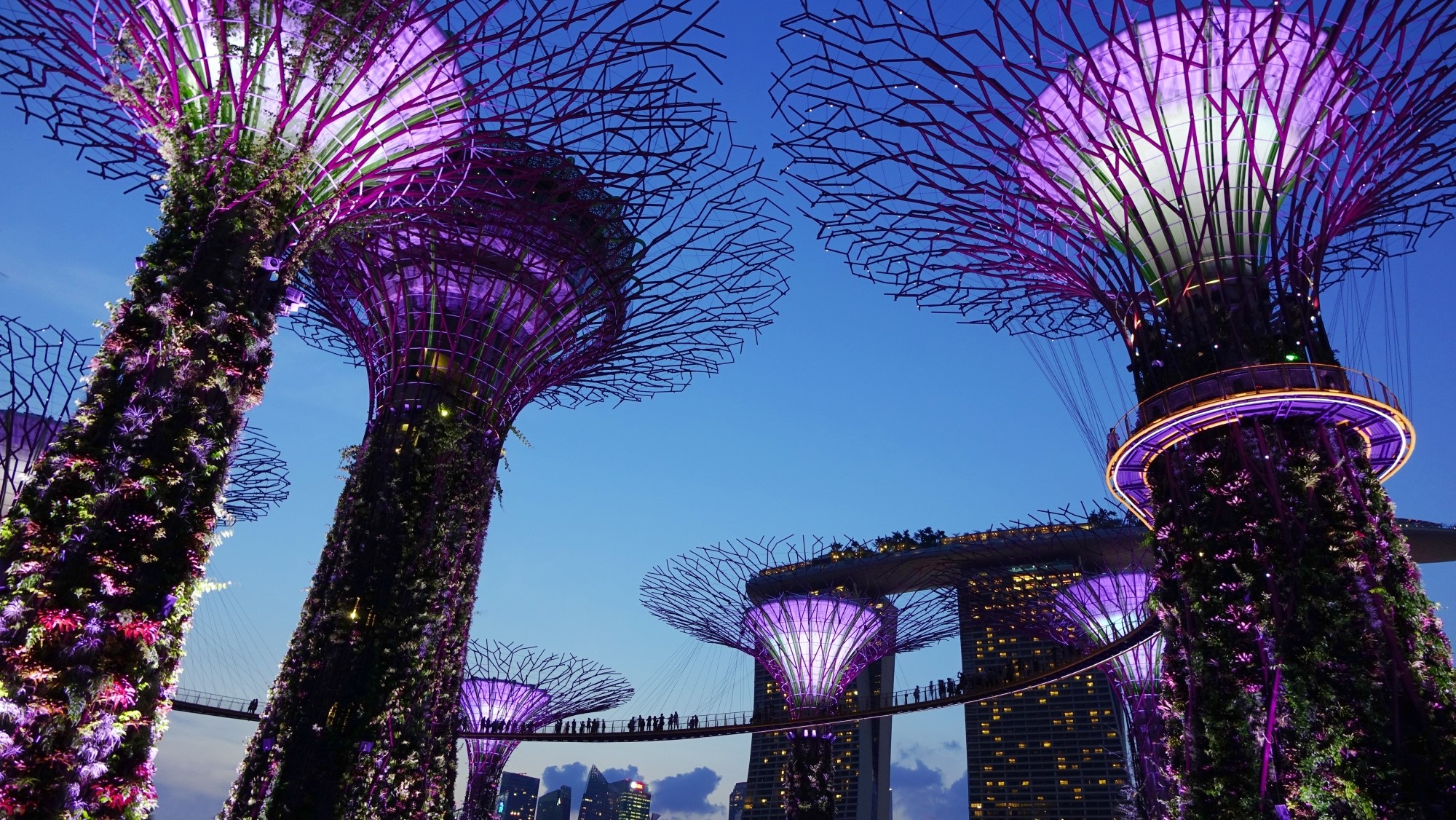Singapore is a unique destination that promises visitors a calendar full of events, as well as museums, adventure parks, tours, and delicious cuisine.
But, what Singapore can’t promise is perfect weather. This tropical city-state experiences a high amount of rainfall throughout the year, while air quality can be poor in summer.
Check out this guide to discover the best time to visit Singapore.
The Best Time Of The Year To Visit Singapore
To truly enjoy this unique city-state, it’s vital to take factors such as weather and local events into account when planning your Singapore trip:
Singapore Weather
With 167 rainy days per year, you’re sure to get caught in a shower or two whenever you visit Singapore. But by far the best time of the year to visit Singapore is in February and March. A combination of low rainfall, clear skies and plenty of sunshine makes these months ideal for enjoying everything Singapore has to offer.
As well as plenty of rainfall, Singapore receives smoke and haze throughout the summer months as a result of agricultural fires in nearby Sumatra. Not only can this make sightseeing difficult, but the low air quality also poses a threat to those with respiratory problems.
Singapore Events
While there are always plenty of things to do in Singapore, certain events draw big crowds.
If you prefer bargain-hunting to sightseeing then June is an ideal time to visit as the famous Great Singapore Sale gets going. Another big summer event is the Singapore Food Festival, which runs for two weeks in July.
The Singapore Grand Prix in mid-September means high hotel prices. While the weather in early fall is better than many months of the year, you should avoid these dates or book well ahead.
Singapore Weather: Month-by-Month
Do you have a particular time of year in mind for visiting Singapore? Here’s a month-by-month weather guide:
January: Although January marks the end of the Singapore rainy season, the Northeast Monsoon tends to hold out for most of the month.
February: Considered the best time of year to visit Singapore, February delivers more sunshine and less rainfall than most of the year.
March: March is the second sunniest month and rainfall remains low, making it an ideal time to visit.
April: Singapore weather in April continues to be hot and humid with lower rainfall than in March, although thunderstorms can be more frequent.
May: The start of the fire season in Sumatra brings smoke and haze over much of Singapore.
June: Passing morning storms are frequent as the Southwest Monsoon begins while smoke and haze are common.
July: Thunderstorms are common, but they are often short and passing, making July the driest month of the year, although the smoke still lingers.
August: Smoke continues to pose a possible risk throughout August while rainfall tends to increase.
September: The haze finally starts to clear and the rainfall experiences a brief reprise in September.
October: Rainfall increases this month with cool air and heavy thunderstorms typical in the afternoons.
November: Expect rainfall most days of the month in November as the Southwest Monsoon gives way to the more severe Northeast Monsoon season.
December: The Northeast Monsoon comes in strong, making December peak Singapore rainy season and the wettest month by far.
Choosing The Best Time To Visit Singapore
Getting your timing right is essential when planning the best time to visit Singapore.
Although this bustling city-state promises plenty to see and do all year round, clear skies and drier days will ensure you’ll get the most out of your trip.
For more travel tips and advice, be sure to check out our other blog posts!



























